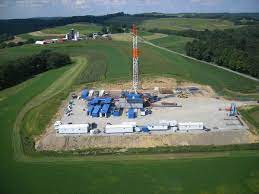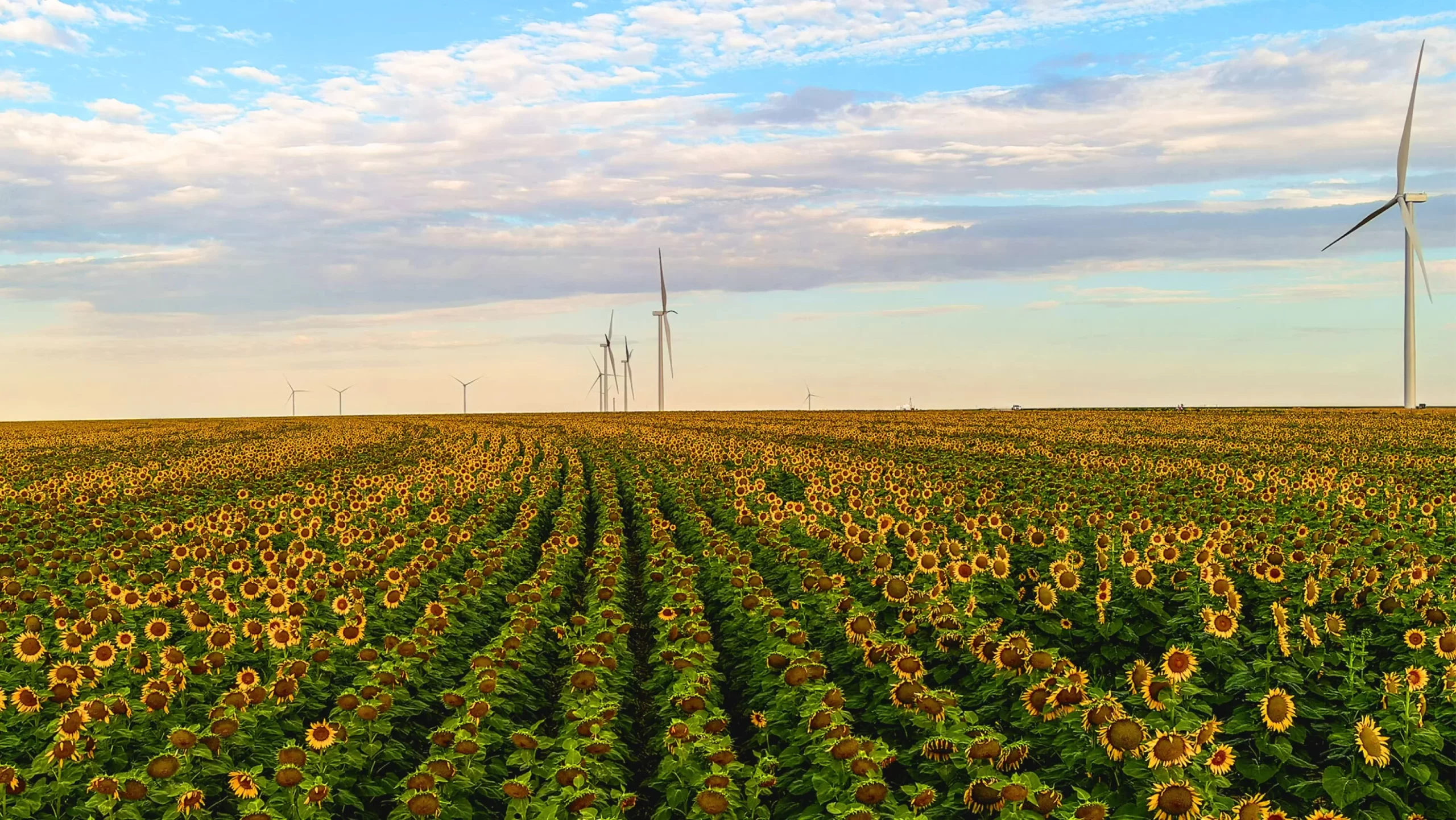According to the U.S. Energy Information Administration, natural gas emits almost 50% less CO2 than coal. Combustion of natural gas emits about 30 percent less than oil, as well as far fewer pollutants, per unit of energy delivered.
According to EIA , U.S. dry natural gas production has increased during 2022, averaging more than 100 billion cubic feet per day (Bcf/d) in October and November and exceeding pre-pandemic monthly production records from 2019. We forecast that U.S. production of dry natural gas will average about 100.0 Bcf/d from December through March, down about 0.5 Bcf/d from November. This forecast production decrease is primarily due to weather, specifically the possibility of extreme winter weather events and freeze-offs. Mild weather in key producing regions could prevent those declines.
The 2022 growth in natural gas production has been driven by increased drilling activity in the Haynesville region in Louisiana and East Texas and in the Permian region in West Texas and Southeast New Mexico. Recent pipeline infrastructure expansions in both of these regions facilitated the increases in production.
EIA expect dry natural gas production in 2022 to set an annual record in the United States, averaging 98.0 Bcf/d. We forecast production to grow slightly in 2023, averaging between 100 Bcf/d and 101 Bcf/d for the year, about 2% more than in 2022. Production in our forecast for the first half of 2023 is limited by pipeline constraints and declining natural gas prices. We expect natural gas prices at the U.S. Henry Hub benchmark to average $5.62 per million British thermal units (MMBtu) in the first half of 2023, compared with our expected December 2022 monthly average of $6.34/MMBtu.
Discover more from Green Innovation News
Subscribe to get the latest posts sent to your email.





